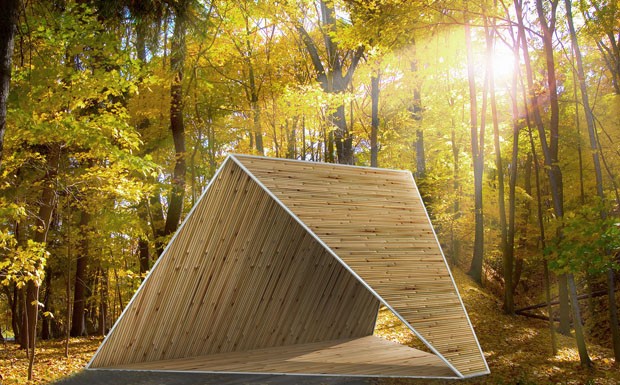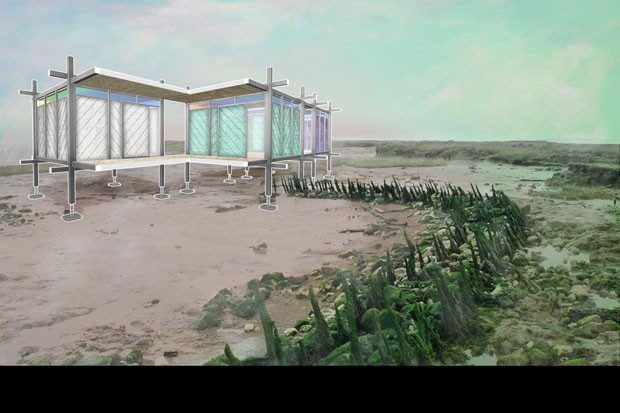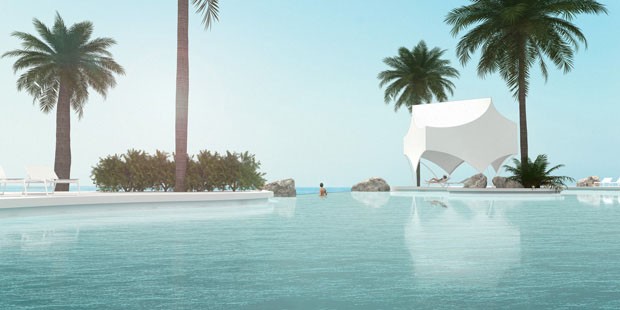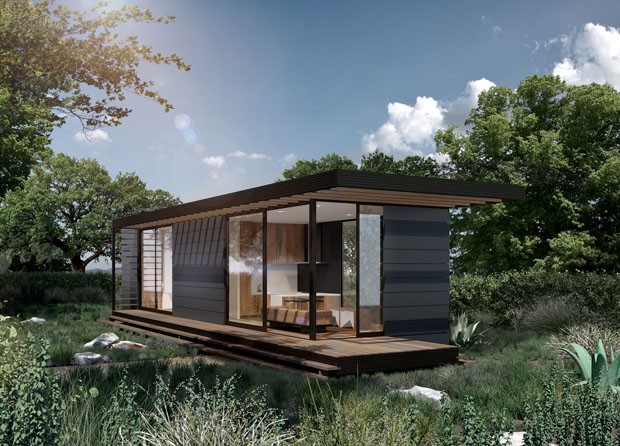by Artnet News
Galleries and auction houses are always searching for emerging art collectors who they can bring into the fold. With the art market boom in recent years, there’s been a proliferation of young international collectors with passion for art, and pocketbooks to back it up.
Below are 12 collectors who have been making names for themselves in the wild and ever-changing world of art.

1. Emma Hall
Emma Hall comes by her love of art honestly—her parents are mega-collectors Andy and Christine Hall, whose appointment-only Vermont art museum, the Hall Art Foundation, features work by Anselm Kiefer, Georg Baselitz, and Joseph Beuys.
Hall got her start in the art world working at Christie’s, Sotheby’s, and Haunch of Venison and now manages special projects and communications at the family museum. She’s also passionate about painting. “I like to feel the artist’s presence in the work. I like to feel color and emotion in art,” she told Artinfo in 2012.

2. Robbie Antonio
Real estate developer Robbie Antonio has filled his Manila home with a rapidly ballooning art collection filled with the likes of Damien Hirst, Francis Bacon, Takashi Murakami, and Jeff Koons. He’s been called “the biggest collector in the Philippines” by Larry’s List, refers to Marina Abramović as a pal, and hopes to surpass Peter Brant in portrait commissions from blue-chip artists.
“You see Peter Brant do this for Stephanie Seymour. [B]ut I do it for myself! I want to surpass that,” he told Vanity Fair in 2013.

3. Fabiola Beracasa Beckman
Fabiola Beracasa Beckman, whose mother is Hearst publishing heiress Victoria Hearst, is a film producer, philanthropist, and creative director/co-owner of the Hole gallery, Kathy Grayson’s hip Bowery outfit. She also sits on the board of the Art Production Fund.
Needless to say, Beracasa also has an impressive art collection, which boasts names like Matthew Stone, Genesis P-Orridge, Rob Pruitt, and Aurel Schmidt.

4. Aarti Lohia
Indian-born, Singapore-based Aarti Lohia has been collecting art for the past five years, assembling a trove of work by blue-chip Indian artists like Bharti Kher, M.F. Husain, Subodh Gupta, and Dayanita Singh, in addition to a growing number of artists based in Singapore and elsewhere.
“I look for imagination and inventiveness and am often drawn to pieces that have an overwhelming sense of memory—both visual and tactile,” she told the Straits Times.

5. Mohammed Afkhami
Iranian-born financier and art lover Mohammed Afkhami, who has been collecting Middle Eastern contemporary art for over a decade, has been identified many times over as one of the Middle East’s major players.
“[A] friend of mine called me up and said, ‘Look, there’s a great Iranian art scene flourishing. Come and have a look at some of these galleries.’ So I went with him, and he took me to this gallery. And I bought my first pieces,” he told Ibraaz. “I mean these were pieces that were $300, $400, or $500. And in the West, a canvas costs much more than that. And I brought the pieces back, and I started getting a little bit into it.”

6. Daniela Hinrichs
Daniela Hinrichs, a German curator, dealer, entrepreneur, and founder of online commerce platform DEAR Photography, has a keen eye for all things related to film.
Hinrichs designed the platform with the hope of inspiring first-time collectors to take the plunge. “Don’t let yourself become embroiled in discussions about what art is and isn’t. Buy the artwork you still love even after you’ve looked at it for the 100th time,” she advises on her site.

7. Amar’e Stoudemire
Amar’e Stoudemire may be best known for his skills on the basketball court, but he’s made it clear that he’s also committed to making a name for himself as a “legit and serious” art collector.
Stoudemire, who was spotted around this year’s Art Basel in Miami Beach festivities, owns work by collector staples like Jean-Michel Basquiat and Andy Warhol, as well as Rob Pruitt, Retna, and Hebru Brantley.

8. Michael Xufu Huang
Michael Huang, a Beijing-born collector and founder of non-profit museum M WOODS, is actually still a student at the University of Pennsylvania, which makes his regular pilgrimages to New York from museum and gallery openings relatively easy.
“I started collecting when I was sixteen,” he told Linda Yablonsky at Artforum.

9. Tiffany Zabludowicz
Tiffany Zabludowicz is another college student who also started collecting at 16—though with the last name Zabludowicz, no one is too surprised.
She has quickly made a name for herself in the art world as not just a well-heeled collector, but also a curator, erstwhile MoMA PS1 intern, and occasional Artspace columnist.

10. Sharmin Parameswaran
Malaysian-born curator Sharmin Parameswaran has been dubbed “one of the most eagerly watched art curators in the country” by local publication Women’s Weekly.
She’s following in the footsteps of her collector father, Dato N. Parameswaran, the former Malaysian ambassador to Vietnam. In 2012, she launched Interpr8 art space, an exhibition space in Kuala Lumpur featuring a large collection of Malaysian and Southeast Asian art.

11 & 12. Patrick and Lindsey Collins
Patrick Collins, CEO of Texas-based Cortez Resources, and his wife Lindsey began buying art several years ago with a painting by Ryan McGinness, and now have an extensive collection featuring Tom Burr, Jill Magid, Dan Finsel, and Pedro Reyes.
“We really care about the artists and the relationships we’ve made—and helping people of our generation realize what they want to do in terms of their work,” Patrick told D magazine in 2012.
Related Links: About Robbie Antonio , Contact
































































